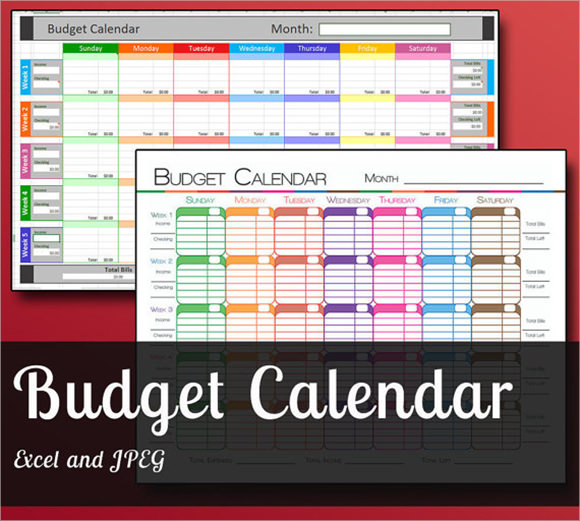

On the left side of the sheet, she created a calendar for each month. If you need a little inspiration, I suggest you check out the content calendar created by Megan Minns. But, you can also color-code your calendar or use different fonts for different weeks. It’s a quick way to make sure that everything is the same color, size, or font. If you click on the blank rectangle found above row number 1 and to the left of Column A you can select all of the data in the sheet. In the blank spaces, insert relevant information, such as task assignments or essential deadlines. Step 9įinally, go ahead and customize your calendar. Sheets with then fill out the rest of the cells with the day of the week and the correct dates. With these cells selected, grab the corner and pull down as far as you would like. Simply highlight the days of the week, the dates, and a blank row from the 2nd set only - do not select the first set. If you’re thinking that you have to keep doing this for the remainder of the calendar, you would be wrong. As usual, drag that over to the appropriate cell. In the cell beneath that, copy and paste =B4+7. You can then highlight that and drag it across to the H cell like you did the first time. Sheets then insert the rest of the dates of the week. You can highlight that cell and click on the bullseye icon and drag it across for the remainder of the week. In the next cell, enter the following formula: =B4+1. If you’re online, Sheets will know which year it is automatically. I wrote this in June 2019, so I’ll kick things off on June 2. Jump down to the B4 cell and enter the correct date. The action will automatically fill in the rest of the days of the week for you. Highlight the bullseye looking icon and drag it over to the H3 cell.

Next, click on the cell and look for the blue rectangle at the bottom right corner. So, go ahead and insert Sunday, for example, into the B3 cell. Instead, because of Google Sheets formulas, you end up saving a ton of time creating your calendar. You can start in any cell and insert whatever information you like. To rename the calendar, click on Untitled spreadsheet and type in the new title. Retitle it to whatever the calendar is going to be used for. You should now have a beautiful blank spreadsheet on your screen. For the time being, select the blank spreadsheet. When you scroll over this option, you’ll see that you can choose between a blank spreadsheet or template. You’ll see Google Sheets appear in the pop-up. If you don’t have an account, go ahead and sign-up, it’s free. Of course, you can only do this if you have an account. Or, if you’re in Gmail, click on the Google apps icon in the top right corner of the page. The first thing you have to go is head over to your Google Drive.

If you want to know how, then here’s a step by step guide to get you on your way. And, if you already know the basics of Excel, there isn’t much of a learning curve since the functions are similar.Īnd, it’s pretty straightforward to create a calendar in Google Sheets.Or, if you have the skills, you can design your own code. Some add-ons and templates make creating a Google Sheet event easier.You can automatically collect and insert data from several online sources.
#GOOGLE BUDGET CALENDAR ANDROID#
It can be accessed from anywhere - even your Android or iOS devices.As you know, this makes sharing and collaborating with others a breeze.
#GOOGLE BUDGET CALENDAR FREE#
Google Sheets is 100% free and comes together with Drive, Docs, and Slides.If you haven’t tried it out yet, here’s why you might want to give it a spin. However, as a part of the Google Docs Suite, you have a much-improved upon option called Google Sheets. Up until 2006, you most likely had to use Excel when creating a spreadsheet-based calendar. It can be something as simple as selecting the timeframe, such as a monthly or yearly calendar, to something more complex like its design. Moreover, spreadsheets can be customized however you like. For example, you can use this type of calendar for creating an employee schedule, timesheet, content calendar, fiscal year, or whatever else your heart desires. Using a spreadsheet is ideal if you require a more customized view for specific activities. After all, can’t your current calendar be used for whatever’s going on in your life? In most cases, this is true. With a variety of online calendar at your fingertips, creating a calendar using a spreadsheet seems not only antiquated but also a lengthy endeavor.


 0 kommentar(er)
0 kommentar(er)
